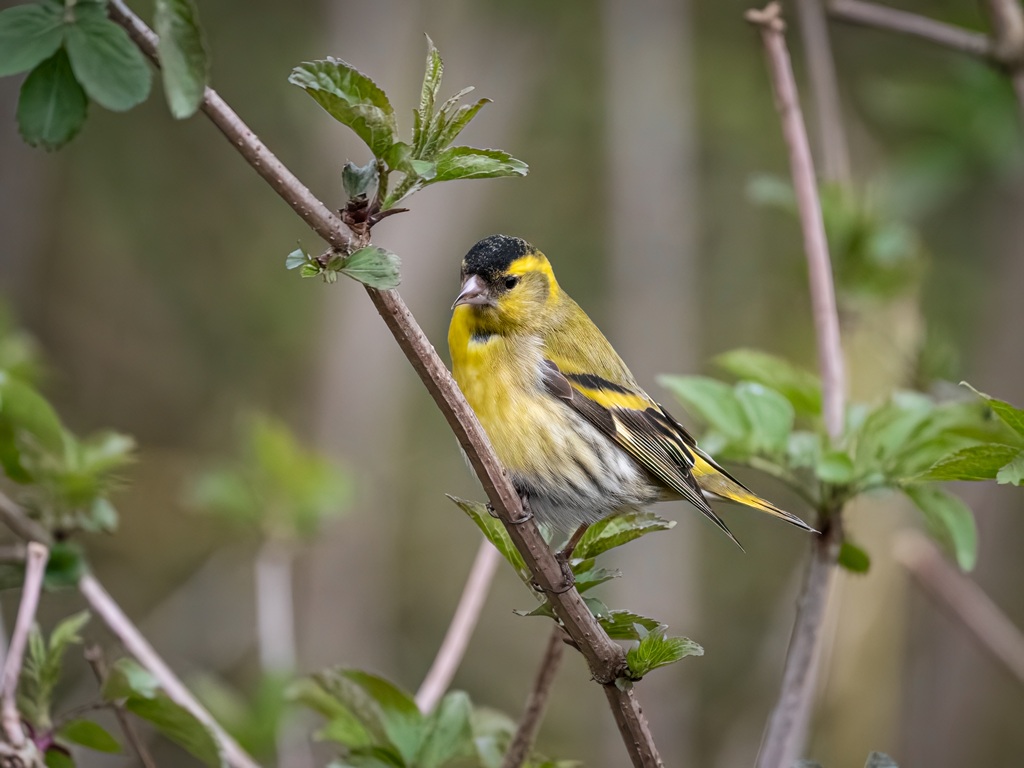Recent Sightings - 5th July 2021

At this time of year, get down to Castle Espie at high tide, to see one of our summer spectacles, the Oystercatcher roost. Oystercatchers are a very striking medium sized bird; with a black back and white belly, a long carrot-orange beak and long pink legs. They get their name from their affinity for smashing shellfish with their beaks, such as oysters. Although they eat other molluscs and worms in soft mud too.
In the autumn and winter, Castle Espie and Strangford Lough is a great place to see thousands of wading birds, however in the spring and summer most of these birds are at their breeding grounds. However, over the last few years, in June and July, a large flock of Oystercatcher are often seen roosting on the Shingle Bank and on the Wadermarsh islands at High Tide. These are non-breeding birds. Most of them are young juveniles who are not yet sexually mature. They are noticeably different from birds in breeding condition as they sport a white collar around their neck, as seen in the image above. They will lose this over the winter as they prepare for the next breeding season in the following spring.
Our maximum count of the summer Oystercatcher roost has been a whopping 800 birds! We are seeing around 400 birds regularly at the minute, which is more normal for us. These birds are just resting in a safe place whilst waiting for the tide to recede, so they can go back out on the Lough to feed.
Occasionally the eagle-eyed birdwatcher may spot some colour rings on their legs. These rings help researchers track the birds movements over many years. Among our roost we have seen birds that have been rung in Carlingford Lough and as chicks in Iceland!
Check the chalkboards at reception during your visit, to find out the tide times and the best time to see the Oystercatchers roosting.
Count Taken at high tide on the morning of 5/7/2021
Estuary - visible from the Brent Hide and the Limekiln Observatory
Black-headed gull 3
Main lake - visible from Sensory garden and Visitor Centre
Black-headed gull 6, Greylag goose 2, Tufted duck 4, Mallard 9, Mute swan 1
Shingle Bank - visible from Sensory garden and Visitor Centre
Black-headed gull 184, Mallard 8, Greylag goose 4, Oystercatcher 73
Wadermarsh - visible from Wadermarsh lookout and Brent Hide
Black-headed gull 48, Oystercatcher 229, Heron 1
Freshwater Lagoon - visible from Brent Hide and Crannóg
Mallard 5, Black-headed gull 16, Moorhen 5 adults and 1 chick, Gadwall 1 adult and 8 ducklings,
Saline Lagoon - visible from Limekiln observatory
Black-headed gull 54, Common tern 2, Little Grebe 1, Shelduck 1
Brickworks
Goldfinch 3, Jackdaw 2
Limestone Lake
Black-headed gull 7, Tufted duckling 1
Peninsula Saltmarsh
Reed Bunting 1, Sedge Warbler 1 (Both Singing)
Peninsula Field
Starling 2, Meadow Pipit 1
Woodland
Blackbird, Wren, Chaffinch, Great tit, Robin, Blue tit, Blackcap, Wood pigeon, Goldcrest, Goldfinch, Magpie, Hooded Crow
Butterflies
Small Tortoiseshell, Red Admiral, Common Blue, Meadow Brown, Ringlet, Speckled Wood, Large White, Small White



